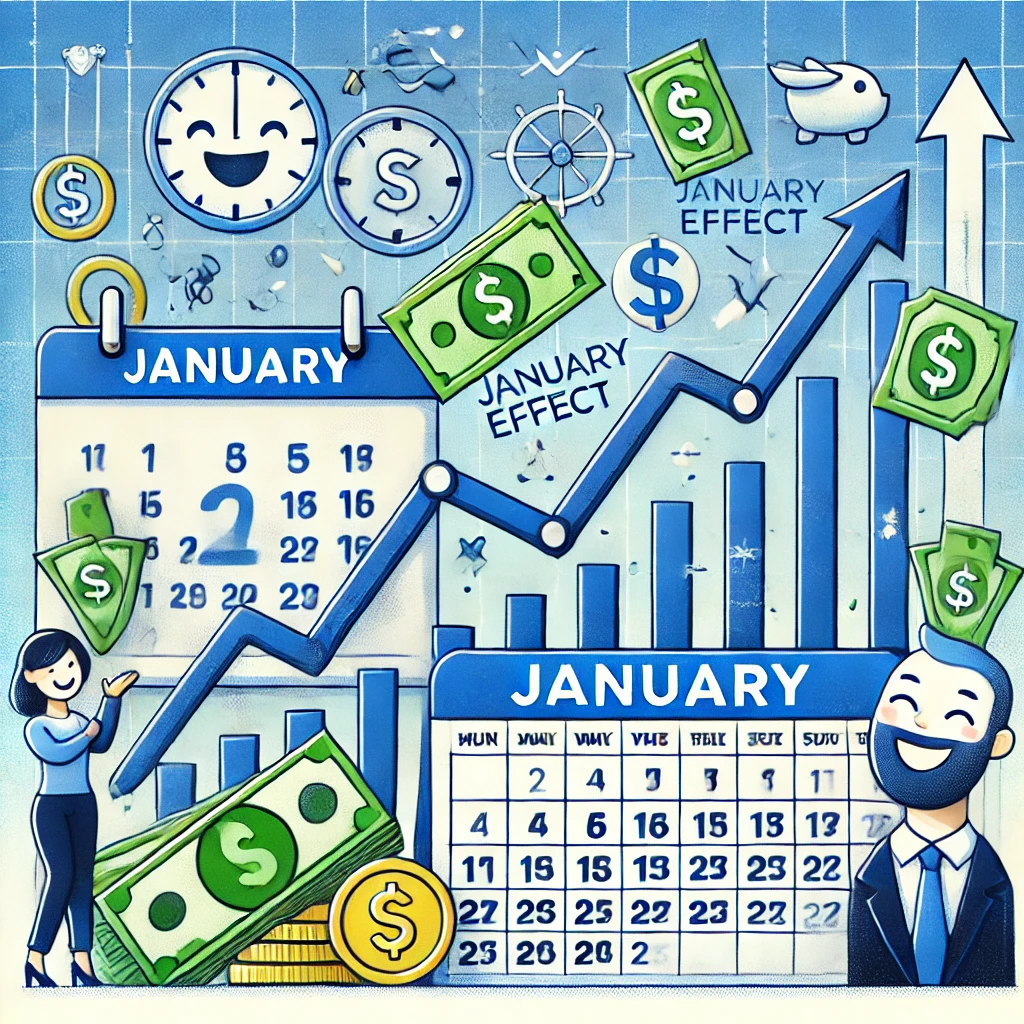The “January Effect” is a phenomenon that describes the historical trend where 📊 stock prices, especially small-cap stocks, tend to rise in January. In this 📖, Robert A. Haugen and Josef Lakonishok explore why this effect happens and how investors can use it to their advantage. The January Effect has intrigued both individual and institutional investors for decades, with many viewing it as an opportunity to achieve higher returns at the start of the year. Haugen and Lakonishok provide insight into the origins of this effect and examine whether it still holds true in modern markets. 📈✨

The ✍️ present data that shows how, over the years, 📊 stock prices have often increased in January due to a combination of factors, including tax-loss harvesting in December and the reinvestment of year-end bonuses. They delve into behavioral aspects as well, exploring how investor psychology may contribute to these market movements. By analyzing historical data, Haugen and Lakonishok shed light on patterns and anomalies that traders can potentially exploit to gain an edge. 💡
The 📖 is not just about the January Effect; it’s also a broader look at market efficiency and whether consistent opportunities exist for investors to beat the market. Haugen and Lakonishok challenge the notion of perfectly efficient markets by pointing out various anomalies, including seasonal trends like the January Effect, that suggest there are inefficiencies that savvy investors can exploit. 🔍📊 While some of the data and examples are from earlier decades, the insights still resonate today, making it an interesting read for anyone curious about market behavior and opportunities for profit. 💰